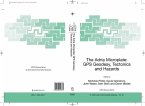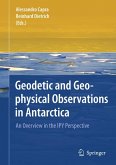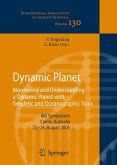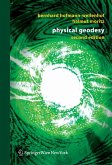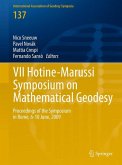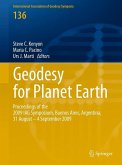Dieser Download kann aus rechtlichen Gründen nur mit Rechnungsadresse in A, B, BG, CY, CZ, D, DK, EW, E, FIN, F, GR, HR, H, IRL, I, LT, L, LR, M, NL, PL, P, R, S, SLO, SK ausgeliefert werden.
"Geometrical Geodesy: Using Information and Computer Technology states that it is a reference manual for geodesists and scientists in the field of Earth sciences. ... Graduate students may find it useful for course-work and research. ... The 19 chapters cover what would be expected in a geodesy book ... ." (Peter Dare, Geomatica, Vol. 62 (2), 2008)



